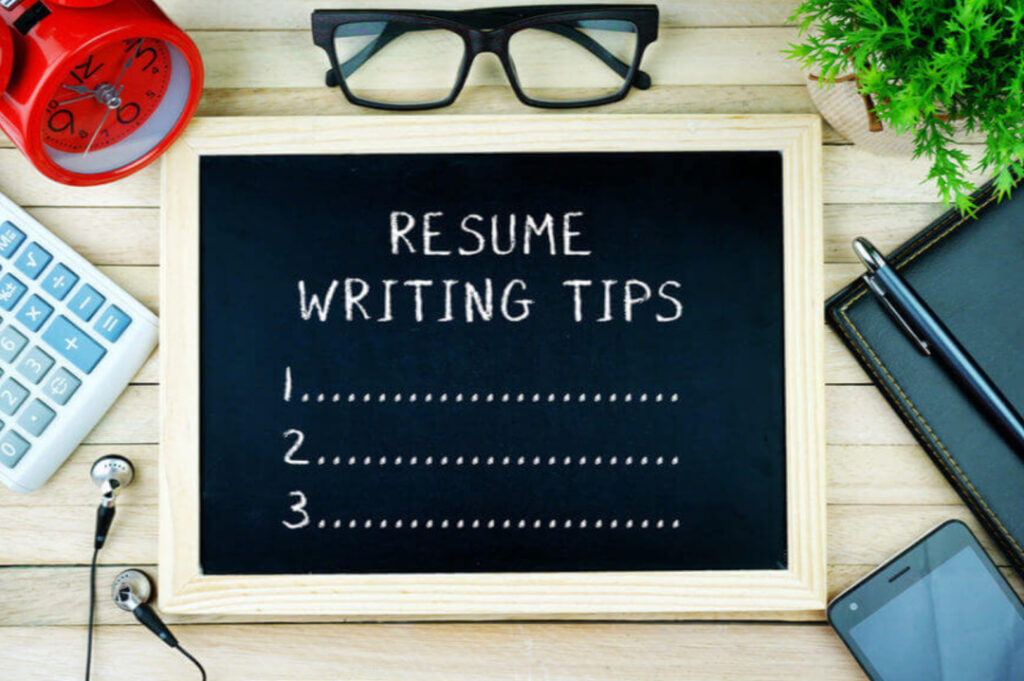9 Resume Writing Tips
1. Look for keywords in the job postings
The best place to start writing a resume is to carefully read the job postings that interest you. As you apply for different jobs, you should search each job description for keyword. Include those keywords in your resume where relevant and add these same terms to your resume in the experience or skills sections.
2. Review resume examples for your industry
When crafting your resume, there are three main takeaways you should look for:
· Make it simple and easy to read. Hiring Managers are going to skim your resume looking for those keywords, make it easy to find them.
· Make it brief. Include only the most key and relevant information so employers are able to consume more information about you, and more quickly understand your fit for the role.
· Include numbers. Employers are highly responsive to measurable proven value. Numbers allow them to better understand the value you may bring to the position.
3. Use a professional font
· Use a basic, clean font like Arial or Times New Roman.
· Keep your font size between 10 and 12 points.
· Reduce extraneous whitespace. Too much of it and your resume seems sparse
4. Include only the most relevant information and put the most important information first
While you might have extensive work or educational experience, Research has shown that hiring managers tend to spend only 6 seconds per resume.
· Work history within the last 10 years
· Include only work experience, achievements, education, and skills most relevant to the employer.
· Prioritize important information higher on your resume to draw attention to key skills and achievements.
5. Use active language Your resume should be written using active language, using words, such as “achieved,” “earned,” “completed” or “accomplished.”
6. Call attention to important achievements
Instead of listing your job duties under the experience section, select your top three or four most important achievements in each role you’ve held.
7. Choose appropriate margins
Typically, you should use a one-inch margin size on all sides of your resume however if you have too much white space, you might consider making your lines spaced by 1.15 or 1.5.
8. Proofread and edit
Before sending your resume, you should have someone proofread it proofreading to ensure if flows properly.
9. Decide whether you need a unique resume for different jobs
Not all jobs are created equal and if you’re applying for a job that has unique requirements, you may need another version of your resume to fully demonstrate your qualifications. Decide on a case-by-case basis which resume to use.

